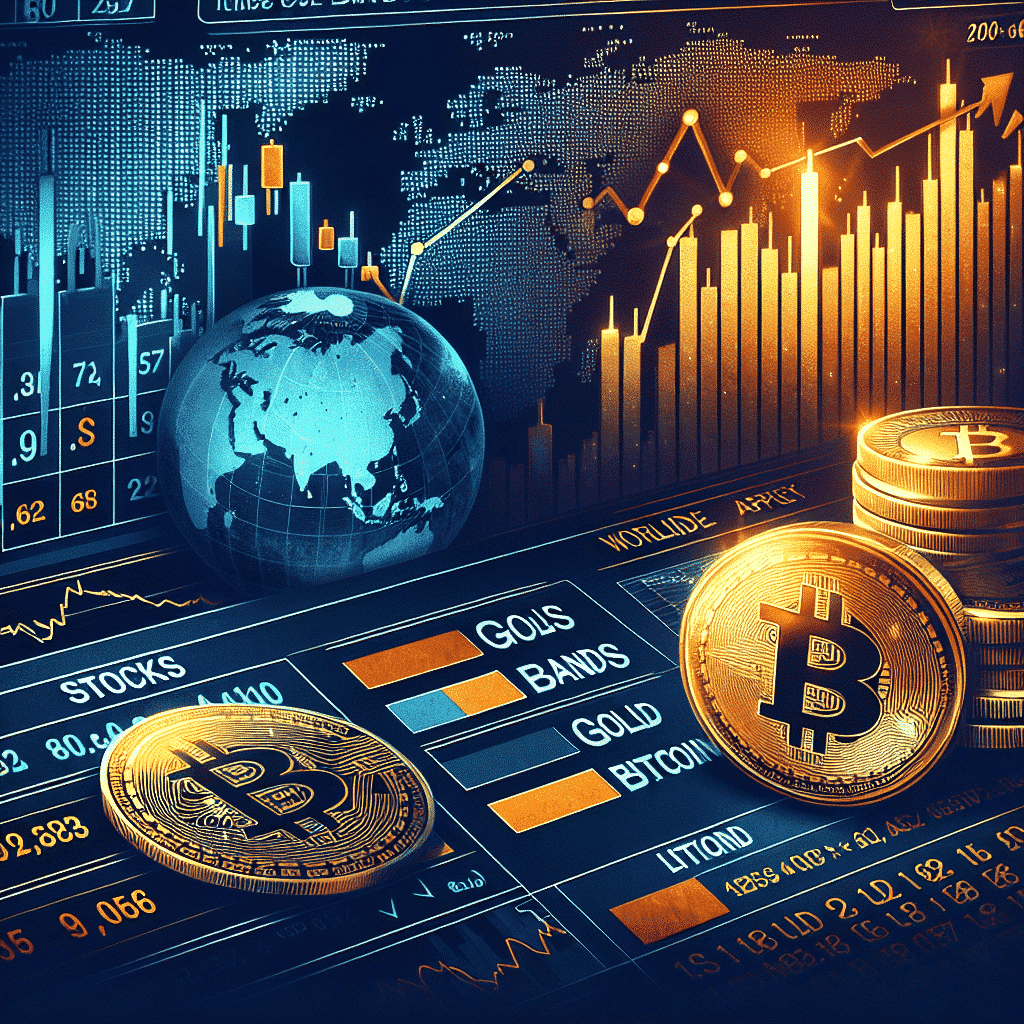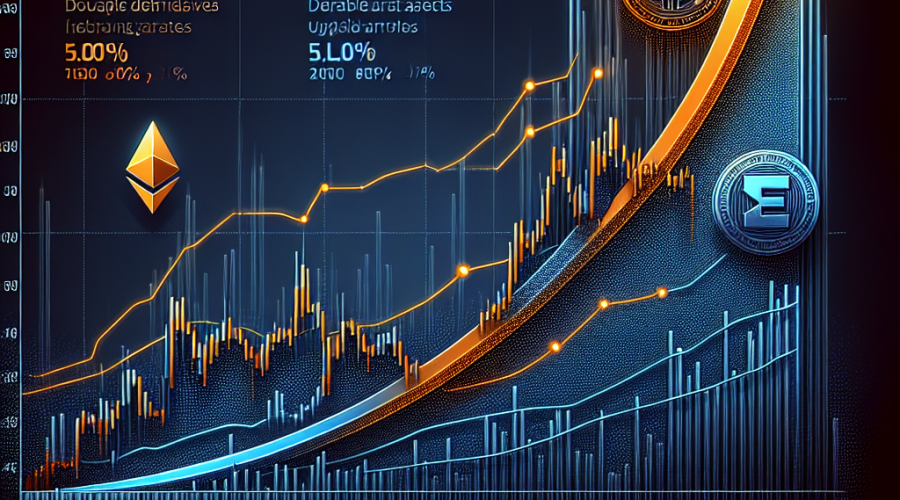Scrutinizing the Current Global Financial Landscape
Authored by renowned financial analyst James Van Straten, this insightful article delves into the headwinds impacting global markets, with Southern Pacific companies feeling the strain. A timeless adage tells us, “In stormy seas, it is not the ship, but the sailor who navigates through.” This sage saying convincingly portrays the current tempestuous climate in the global economy.
Portfolio Allocation and Its Historical Relevance
For numerous decades, the golden rule of balanced investment was maintaining a classic portfolio with 60% equities and 40% bonds. This allocation has traditionally offered a safety net during economic recessions through bonds, with equities stimulating returns amid economic expansion. We have observed this dynamic unfold during crisis periods like 2008 and 2020. The iShares 20+ Year Treasury Bond ETF (TLT) saw an uptick against the backdrop of worldwide doubt.
Shifting Dynamics within the Market
That said, the tables have turned. Today’s market dynamics have been completely transformed by factors such as stubborn inflation, slowing growth, and persistent geopolitical tension, the sparks for which were lit by President Donald Trump’s controversial tariffs. As a consequence of these developments, Treasury yields have ascended, and bond prices have descended. Indeed, the TLT has now plummeted by around 50% from its 2020 peak.
The Current State of Equities
Neither is the equity segment of the portfolio faring too well. U.S. shares are trailing, ensnared in a broader ‘Sell America’ mentality sweeping markets. In fact, even the U.S. dollar, traditionally known for gaining strength in risk-adverse scenarios, is now witnessing a downward trajectory. This is due to capital redirection towards the yen and euro.
The Rise of Alternative Assets
In the midst of this shifting landscape, alternative assets are stealing the limelight. The traditional safe-haven asset, gold, has rocketed to $3,500 an ounce for the very first time, underlining its safe-haven status. The precious metal has massively increased its market cap by about $6 trillion this year, almost triple the total market cap of bitcoin (BTC), even at its peak. We have also witnessed an upswing in gold ETF inflows, with 9 million ounces recorded in a 90-day rolling period. Comparing with historic data, this represents the sharpest climb since 2022 and ranks as one of the most significant within the past decade.
Bitcoin’s Role in the New Economic Order
While it may be lagging behind gold in terms of market performance, bitcoin is starting to reestablish its place in the financial landscape. It has reached unprecedented heights within the cryptocurrency sector and is beginning to diverge from U.S. tech shares. It’s behaving more and more like an independent asset class, proving its worth in a diversified portfolio. It’s noteworthy that we can anticipate a potentially tumultuous final week of April: $6.7 billion in bitcoin options are due to expire, including call options worth $330 million at the $100,000 strike price.
Spot BTC ETFs and Spot ETH ETFs: A Quick Look
This analysis concludes with a succinct reference to two kinds of spot exchange-traded funds (ETFs): Bitcoin ETFs and Ethereum ETFs, products that allow investors to gain exposure to these particular cryptocurrencies without owning them outright. Source data were provided by Farside Investors, a respected edifice in the financial world.
As we look ahead, the importance of being vigilant cannot be overstated. Indeed, in the currently unpredictable financial landscape, investors must keep their eyes open, analyze market shifts, and make informed decisions based on a broad array of asset classes. We hope this analysis equips you to navigate the exciting twists and turns of the global financial markets with confidence and determination.



















